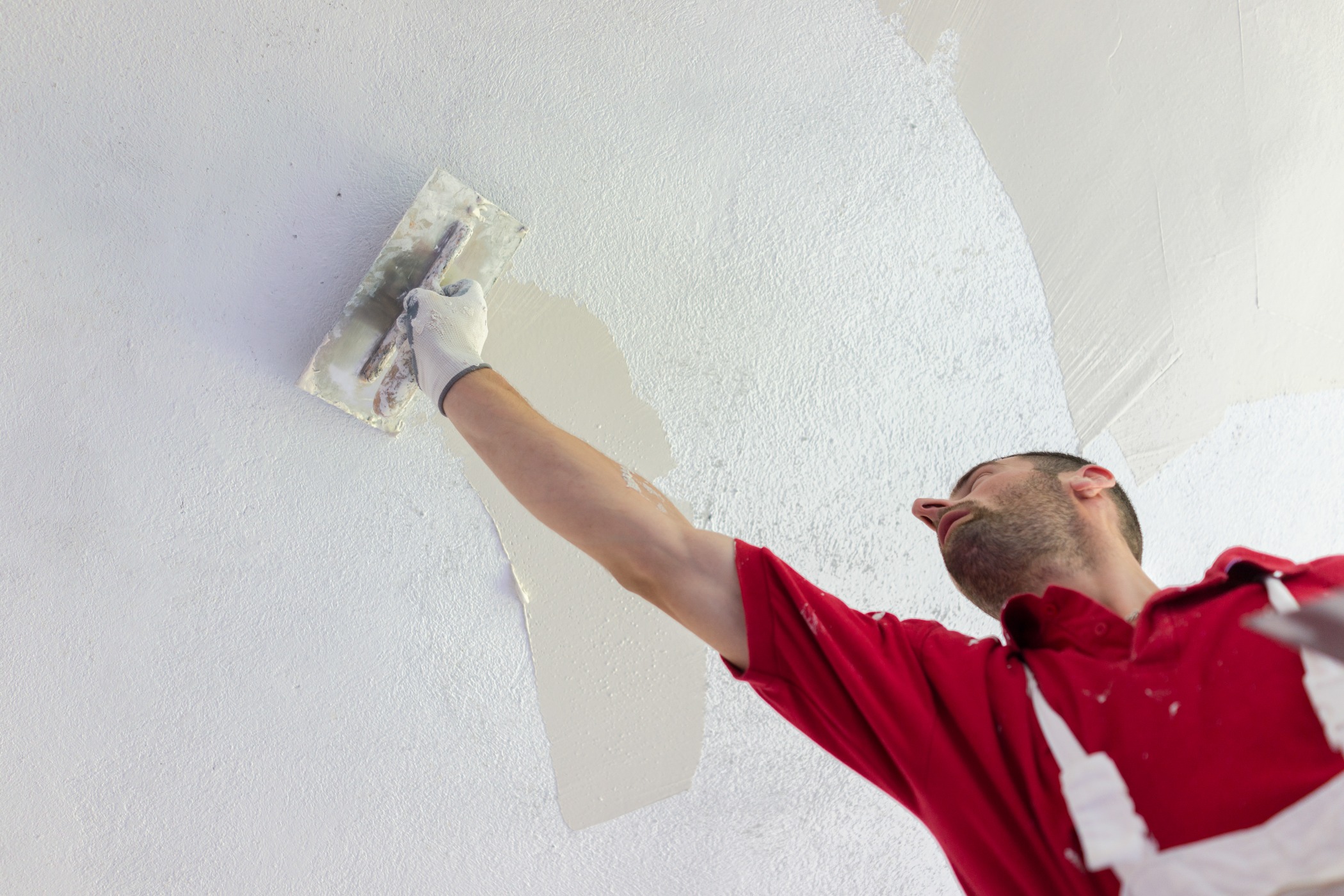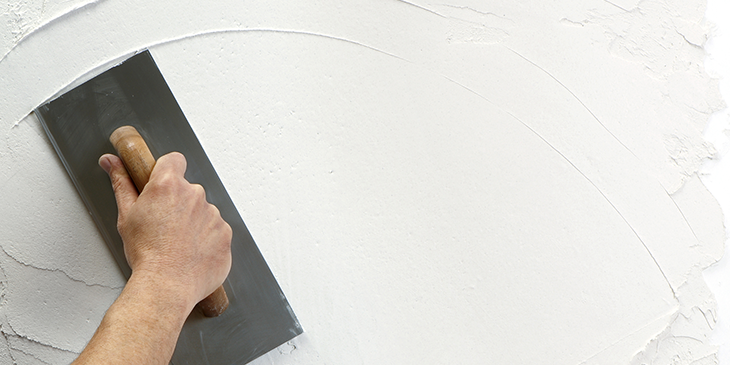Why Plastering is the Key to a Durable and Long-Lasting Wall
Why Plastering is the Key to a Durable and Long-Lasting Wall
Blog Article
Understanding the Important Methods of Gluing for Home Renovation Projects
In the realm of home enhancement, grasping the vital methods of smudging can substantially boost both the capability and visual allure of a space. Various methods exist, each customized to details applications, whether for recovering historical honesty or improving insides. The plastering procedure incorporates critical points, from careful surface preparation to the exact application of products. Understanding these fundamental aspects is essential, yet numerous property owners forget typical mistakes that can undermine their initiatives. As we check out these methods further, the subtleties of accomplishing a flawless coating will become significantly evident.
Kinds Of Smudging Strategies
Although numerous smudging techniques exist, each serves a distinct purpose and uses unique visual qualities. Among the most typical techniques is standard lime plastering, which is understood for its breathability and versatility. This technique is particularly advantageous for older structures, permitting wetness to leave while preserving structural honesty.
An additional extensively made use of technique is gypsum plastering, which entails the application of a quick-setting substance. It supplies a smooth finish and is excellent for interior walls and ceilings, making it a prominent selection in modern building and construction. For a more textured appearance, trowel-on plastering methods such as stucco and Venetian plaster are frequently utilized. Stucco, generally used in exteriors, offers durability and weather resistance, while Venetian plaster is renowned for its glamorous, refined surface.
Furthermore, there are a lot more specialized strategies, such as skimming, which is a procedure that entails using a thin layer of plaster over existing surface areas to produce a smooth finish. Each of these strategies can drastically affect the total aesthetic and functionality of a room, making it necessary to select the proper technique based on the specific needs of a job.

Tools and Materials Needed

Vital tools and materials are vital for successful plastering, making certain both efficiency and quality in the application procedure. A comprehensive plastering toolkit typically includes a hawk, trowels, and a float. The hawk works as a platform to hold the plaster, while the trowels, available in various dimensions, are essential for application and smoothing. A float, typically made from rubber or sponge, is used to achieve a consistent surface.

Investing in high-grade tools and materials ultimately adds to a more effective plastering project, yielding a durable and aesthetically pleasing finish. Effectively furnished, you lay the foundation for efficient smudging and home improvement.
Step-by-Step Plastering Process
With the right tools and materials in hand, the following stage includes implementing the plastering procedure with precision. Begin by preparing the surface to make certain ideal adhesion. Get rid of any type of loosened debris, dirt, or old plaster, and use a browse around this web-site bonding agent if necessary.
As soon as the surface is prepped, mix the plaster according to the supplier's instructions, attaining a smooth, lump-free consistency. Making use of a trowel, apply the very first layer, called the scrape layer, to a thickness of concerning 5-10 mm. Ensure uniform protection, and make use of a comb or scratcher to produce grooves for much better attachment of subsequent layers.
After allowing the scrape coat to establish partly, apply the second coat, or the brownish layer, smoothing it out for an even surface. Enable this layer to completely dry, commonly for 24-48 hours, depending on the conditions. Lastly, use the finishing coat, which ought to be thinner and smoother. official website Plume the edges to mix right into the bordering surface area, attaining a smooth look.
As soon as the plaster has actually dried completely, it can be fined sand lightly to eliminate flaws. Adhere to up with a primer before paint for a sleek last look.
Usual Mistakes to Avoid
Failing to acknowledge usual mistakes can considerably influence the high quality of your plastering project. Disregarding to fix any kind of underlying concerns, such as moisture or structural damages, can jeopardize the plaster's integrity.

Timing is additionally crucial; many unskilled plasterers rush the application. Allowing the initial layer to completely dry entirely before applying succeeding layers is vital to avoid extreme cracking and contraction.
In addition, not making use of the right tools can prevent the ending up procedure. Using trowels that are as well large or little can affect your control and the level of smoothness of the finish.
Tips for Finishing Touches
Accomplishing a remarkable finish in plastering calls for focus to detail and a few calculated strategies. As soon as the preliminary application has actually dried out, start the completing procedure by using a moist sponge or trowel to smooth out any kind of imperfections. This step not only improves the surface area however additionally assists to eliminate any type of excess plaster that may have dried unevenly.
Following, take into consideration making use of a fine-grit sanding block or post sander for a more refined look. Fining sand need to be done gently to prevent harming the underlying layer - Plastering. Constantly put on a mask to safeguard against dirt breathing
After fining sand, inspect the surface under different illumination conditions read the full info here to determine any type of missed out on incongruities or areas. Use a slim layer of ending up plaster if required, feathering out the edges to mix effortlessly with the bordering area.
Conclusion
In conclusion, understanding necessary plastering methods significantly enhances the quality of home improvement jobs. Understanding the different types of gluing methods, using appropriate tools and materials, and adhering to an organized application process add to accomplishing a long lasting and smooth finish.
In the realm of home renovation, understanding the vital strategies of gluing can significantly boost both the performance and visual appeal of an area.Although various smudging methods exist, each offers a special function and provides distinctive aesthetic top qualities. Plastering. For a much more distinctive look, trowel-on plastering techniques such as stucco and Venetian plaster are frequently used. Stucco, generally used in exteriors, offers durability and climate resistance, while Venetian plaster is renowned for its glamorous, sleek surface
Generally made use of plaster types include gypsum plaster, lime plaster, and cement-based plaster, each offering various objectives and atmospheres.
Report this page